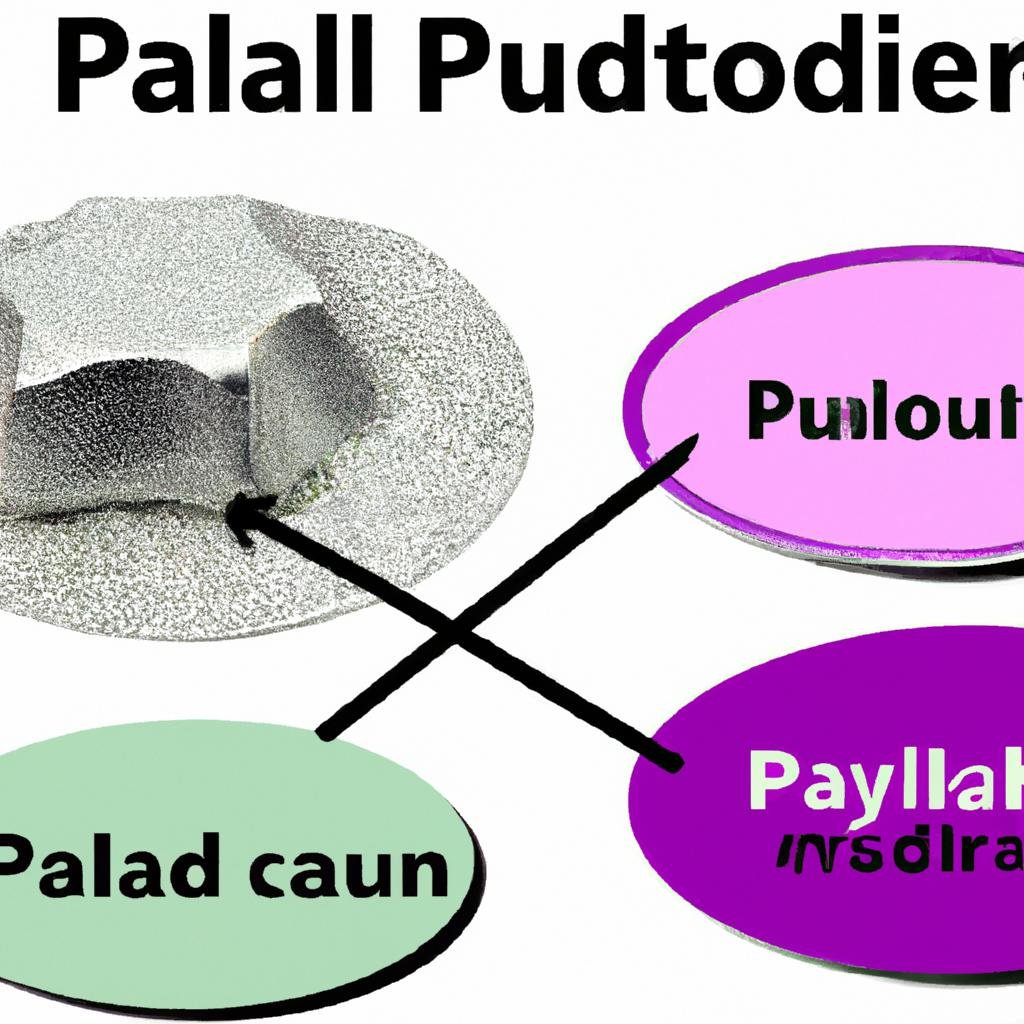In an era where environmental consciousness is at the forefront of technological innovation, the automotive industry faces a unique challenge: balancing performance with planetary responsibility. Enter palladium—a metal that, while often overshadowed by its more glamorous counterparts like gold and platinum, emerges as a silent workhorse of sustainability. As vehicles strive to meet stringent emissions regulations, palladium plays a pivotal role in catalytic converters, the unsung heroes that transform harmful exhaust gases into harmless emissions. This article delves into the indispensable qualities of palladium, exploring its significance in the realm of automotive catalysts and its critical role in paving the way toward a cleaner, greener future for transportation. Join us as we uncover the intricate dance of chemistry and engineering that makes this remarkable metal a cornerstone of modern automotive design.
Palladium plays a crucial role in modern emission control technology, acting as a primary catalytic agent in catalytic converters. Its unique properties allow it to facilitate the conversion of harmful gases such as carbon monoxide, hydrocarbons, and nitrogen oxides into less harmful emissions. This transformation is key to meeting stringent environmental regulations and improving air quality. The ability of palladium to effectively catalyze these reactions at lower temperatures enhances engine efficiency, making it a preferred choice over other noble metals. The increasing demand for fuel efficiency in vehicles further amplifies the importance of palladium, as it directly contributes to optimizing performance while reducing the environmental footprint.
However, the journey of palladium from mine to automotive application is fraught with supply chain challenges. Geopolitical factors and market fluctuations often lead to scarcity and price volatility. Manufacturers must navigate a complex web of sourcing, production, and distribution to ensure a steady supply of palladium for catalytic converters. Innovative approaches, such as developing palladium-enhanced catalytic converters that utilize less of the metal or recycle it efficiently, are essential for overcoming these hurdles. In the near future, advancements in nanotechnology and alloying techniques may unlock even greater potential for palladium, paving the way for more sustainable and efficient engines as the automotive industry continues to evolve.
Future Outlook
palladium stands as an indispensable ally in the realm of automotive catalysts, driving the ongoing evolution of cleaner and more efficient vehicles. As regulatory pressures mount and our global commitment to sustainability deepens, the role of this precious metal becomes even more critical. Its unique properties not only enhance the efficiency of catalytic converters but also play a pivotal part in reducing harmful emissions, paving the way for a greener future.
As the automotive industry shifts towards electrification and innovation, palladium’s significance won’t diminish; rather, it will transform, adapting to new technologies and challenges. Stakeholders—from manufacturers to consumers—must recognize its value, not just as a resource, but as a crucial component of our environmental stewardship. In a world striving for balance between progress and planetary health, palladium emerges not just as a material, but as a beacon of hope in our quest for sustainable transportation. As we forge ahead, let us embrace this precious metal’s potential, ensuring that our roads are as clean as they are innovative.